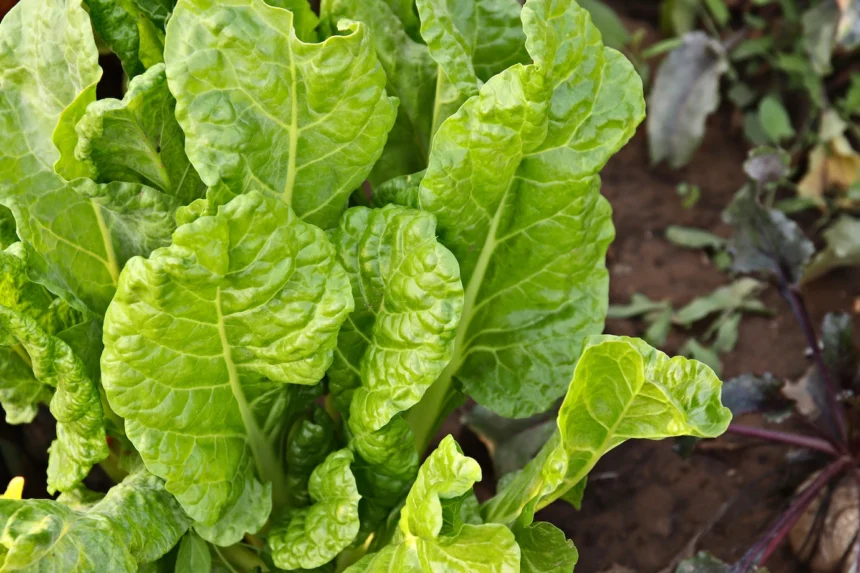Fusarium wilt is a fungal disease that can affect various plants, including spinach. Here are some symptoms of Fusarium wilt that you should look out for in spinach:
- Wilting: One of the primary symptoms is wilting of the plant, where the leaves and stems droop or appear limp. Initially, this wilting may occur during the hottest part of the day and recover at night. However, as the disease progresses, the wilting becomes permanent.
- Yellowing and browning of leaves: Infected spinach plants may show yellowing or browning of the leaves, typically starting from the lower leaves and progressing upward. The discoloration may be limited to certain areas or spread throughout the leaf.
- Stunted growth: Fusarium wilt can cause a reduction in plant growth. Infected spinach plants may exhibit stunted growth, with smaller leaves and overall diminished size compared to healthy plants.
- Vascular discoloration: Cutting open the stems of infected plants may reveal brownish discoloration in the vascular tissue, which is the plant’s transport system for water and nutrients. This discoloration is caused by the fungal infection blocking the flow of water and nutrients within the plant.
- Wilted and dying branches: As the disease progresses, individual branches or entire sections of the plant may wilt and die off. This can lead to a patchy appearance in the field or garden.
It’s important to note that these symptoms can vary depending on the severity of the infection and the specific strain of the Fusarium fungus involved. If you suspect Fusarium wilt in your spinach plants, it’s best to consult with a local agricultural extension service, plant pathology expert, or horticulturist for an accurate diagnosis and guidance on appropriate management strategies.
Join 'Farmers Mag' WhatsApp Channel
Get the latest Farming news and tips delivered straight to your WhatsApp
CLICK HERE TO JOIN






